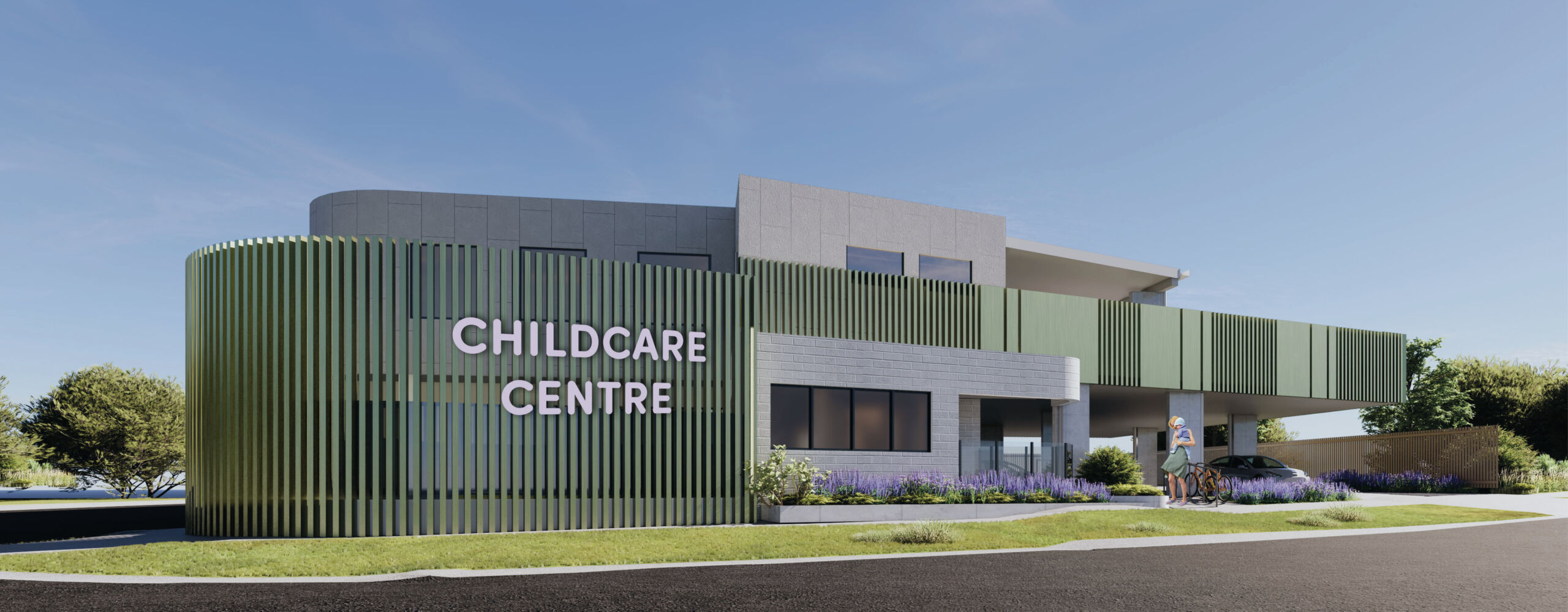Why Higher Rental Requirements in Childcare Are Here to Stay: The Costs of Development
Australia’s housing crisis is creating ripple effects across various sectors, including early childhood education. As demand for housing grows, the costs of building and maintaining new facilities—especially in areas of high population density—continue to soar. For the childcare sector, this translates into higher rent and operational costs, which are unlikely to decrease anytime soon. Here’s why:
1. The Struggles of New Developments
According to the **State of the Market Report H1 2024** by Charter Keck Cramer, the volume of new apartment developments across Australia has reached a 15-year low. This situation is dire in cities like Sydney and Melbourne, where financial constraints, high land prices, and construction costs are hampering the feasibility of new projects. As developers struggle to bring new supply to the market, they face significant barriers, including:
High Land Prices and Construction Costs: Developers are dealing with inflated costs due to land price surges and construction material shortages. This makes it harder to build new apartments, let alone affordable ones.
Developer Contributions: Many local councils require developers to contribute to infrastructure and services, which adds to their expenses and further disincentivizes new projects.
Financial Constraints: With rising interest rates and a cautious banking sector, securing funding for large-scale projects has become challenging. Even for high-demand areas like childcare, the construction of new centres or the expansion of existing ones is constrained by these financial barriers.
For childcare providers, this means limited availability of space and skyrocketing rents. The demand for commercial properties suitable for childcare facilities is increasing while the supply remains constrained.
2. Population Growth and Migration: Fueling the Fire
Australia’s high levels of net overseas migration (NOM) are expected to continue, despite slight reductions in recent years. In 2023, New South Wales saw 180,000 net overseas migrants, and while that number tapered slightly in 2024, the migration levels are projected to remain higher than pre-pandemic averages. Victoria’s NOM also remains high, exacerbating housing shortages.
In cities like Melbourne, the projected population increase to over 8 million by 2051 means that demand for housing, and by extension, essential services like childcare, will only rise. As population pressures mount, the need for infrastructure to support young families becomes urgent. Unfortunately, with housing and rental affordability worsening, childcare centres are competing with other sectors for limited available space.
3. The Cost of Inaction
For Melbourne, the government’s ambitious goal to build 800,000 homes over the next decade seems increasingly unrealistic. Experts have expressed skepticism, noting that even if more land is zoned for housing, there is no guarantee that developers will build. The adverse economics of development—especially affordable housing—are driving developers toward higher-end projects.
This push toward premium developments leaves middle and lower-income families in a bind, particularly when it comes to finding affordable childcare. Childcare providers, too, face the reality that affordable commercial spaces in growing urban centres will be increasingly scarce. In turn, this increases operational costs, pushing up fees for families who are already struggling with housing costs.
4. Higher Densities, Higher Costs
The drive to increase urban density to accommodate population growth comes with its own set of challenges. Higher-density areas require additional infrastructure, such as public transport, schools, parks, and utilities. For childcare providers, operating in these dense environments often comes with elevated real estate costs, as the competition for space increases.
Developers may be hesitant to invest in projects that cater to essential services like childcare, which often have smaller profit margins compared to luxury housing or commercial projects. With limited incentives to build affordable, community-serving developments, the rental requirements for childcare centres are set to remain high.
A Long-Term Shift
In the short term, the high costs of land, construction, and developer contributions are squeezing the availability of affordable childcare spaces. Meanwhile, the growing population and migration patterns are adding to demand, making it even harder for childcare providers to secure space. With construction costs unlikely to fall and housing developments failing to meet government targets, higher rental costs in childcare are, unfortunately, here to stay.
For childcare providers, this means careful planning, potential partnerships with developers, and a continued focus on sustainability will be key in managing rising operational costs. Families, on the other hand, may need to brace for higher fees as the sector grapples with these long-term structural challenges.
Source:
https://www.macrobusiness.com.au/2024/09/melbournes-impossible-housing-challenge/
https://www.macrobusiness.com.au/2024/09/why-australias-housing-crisis-will-worsen/

